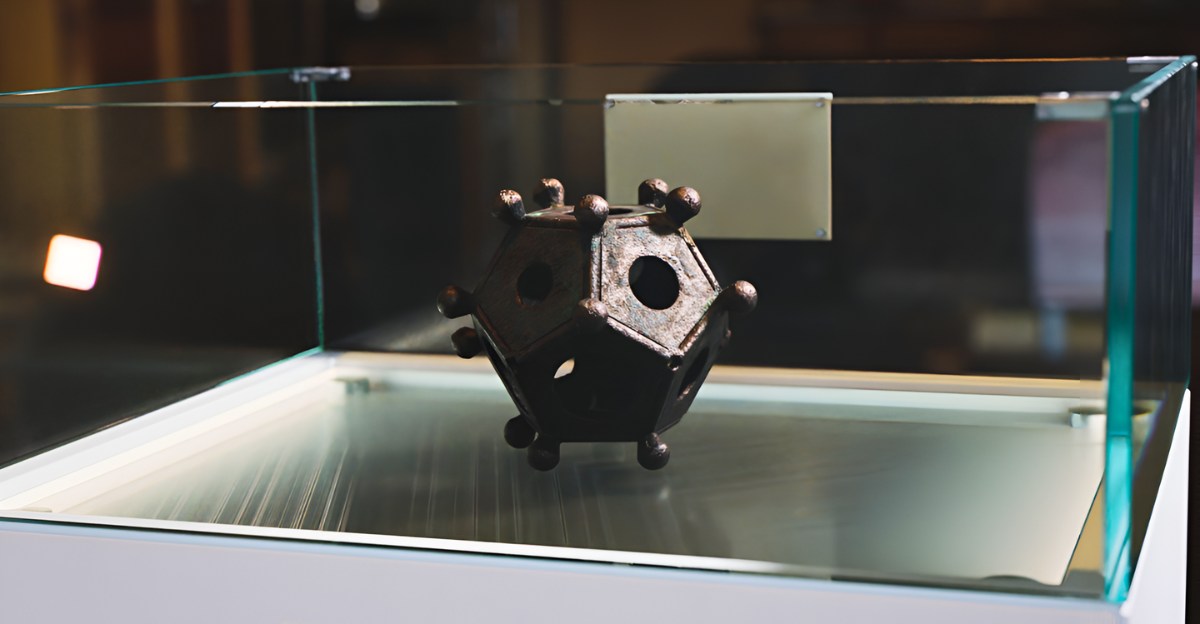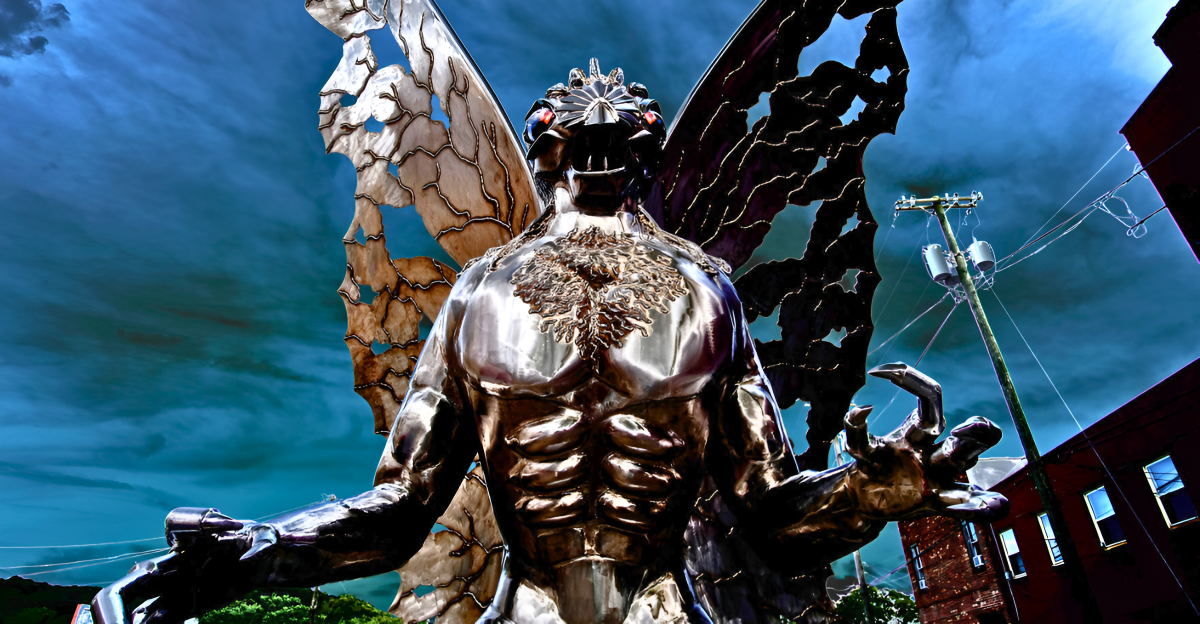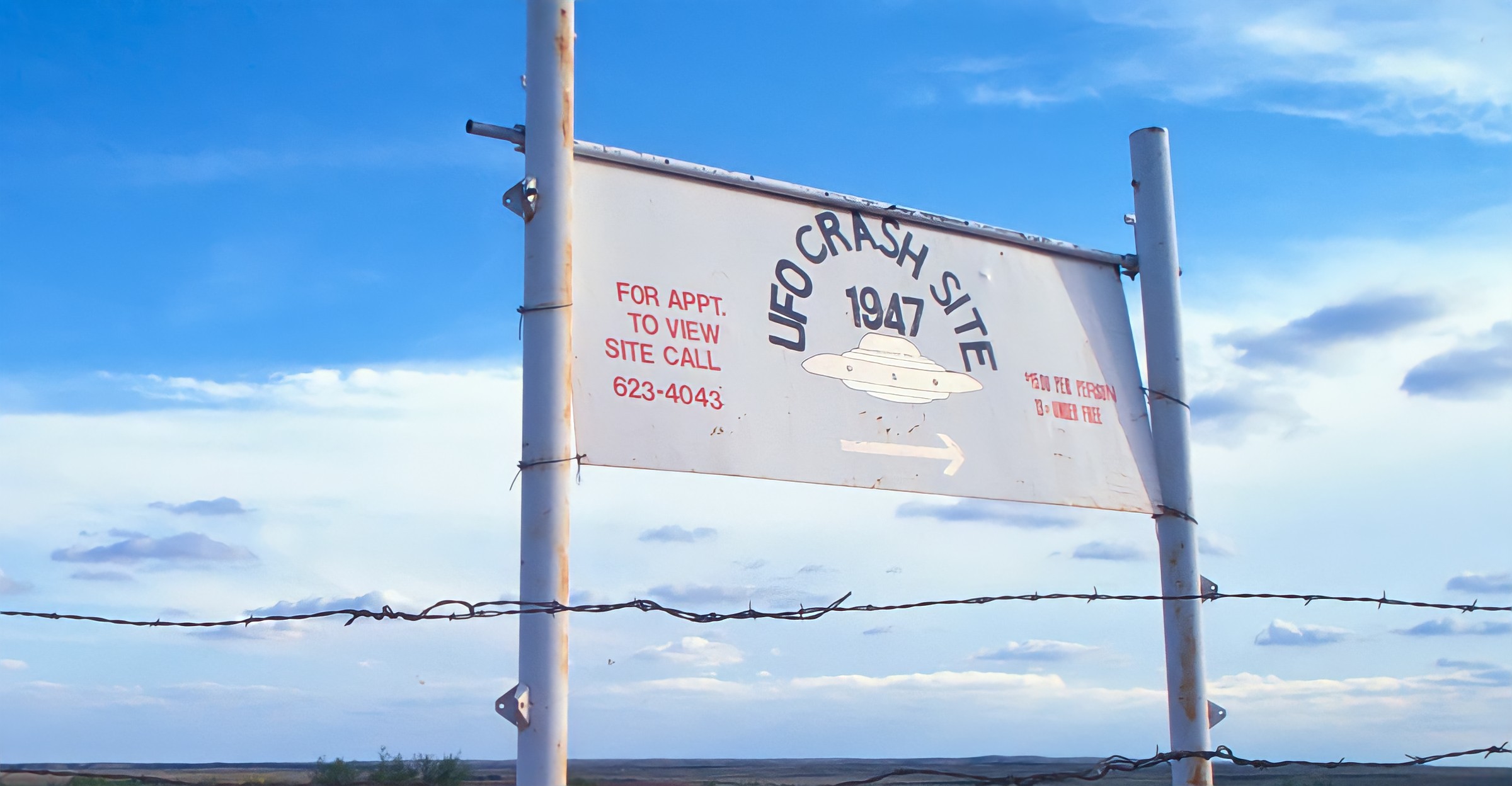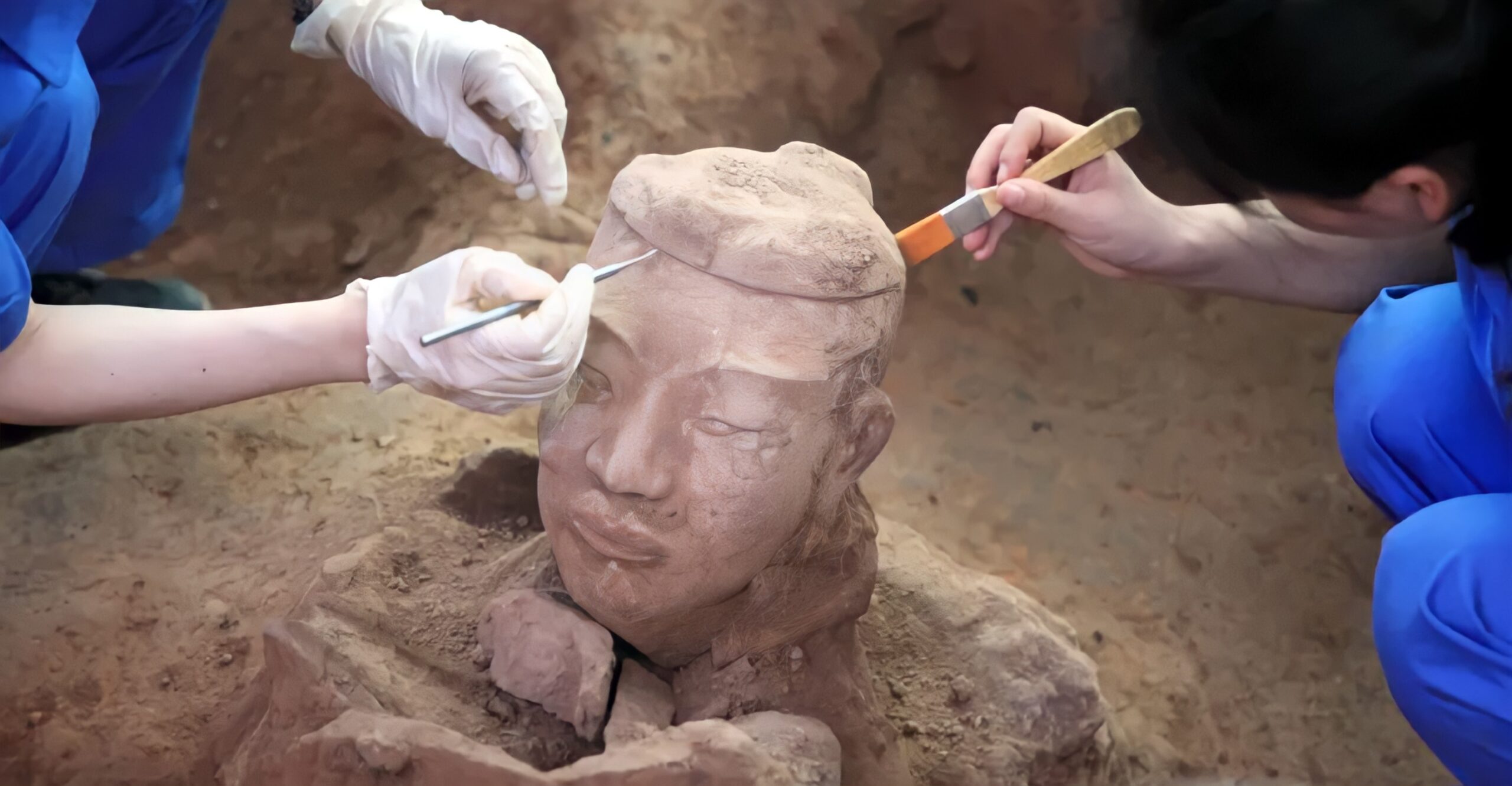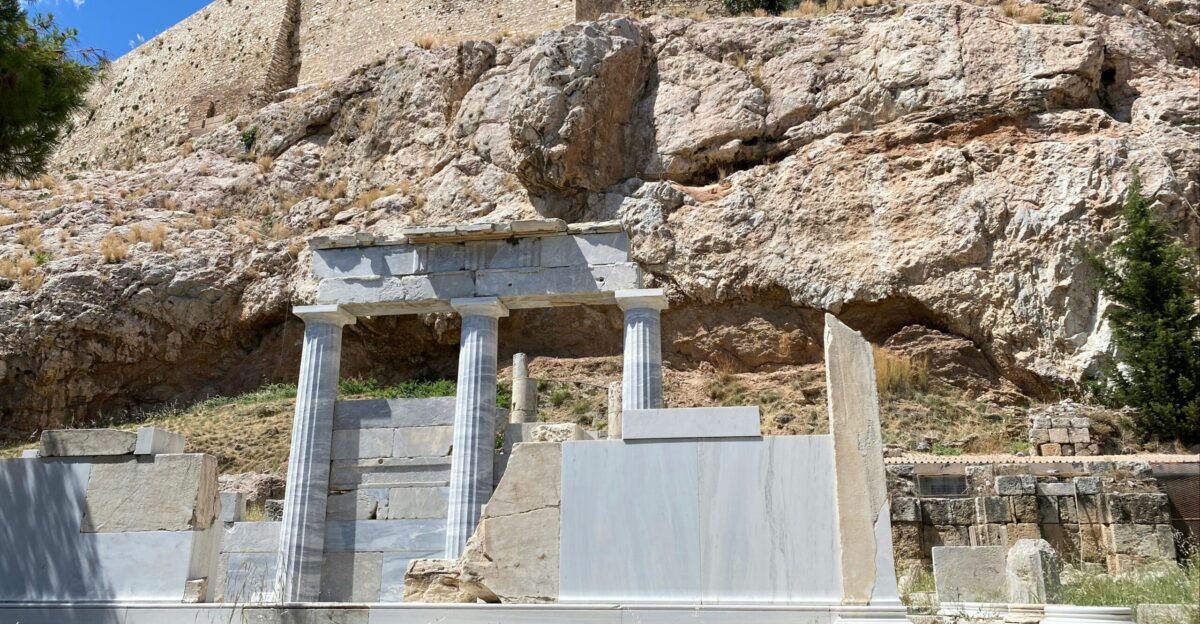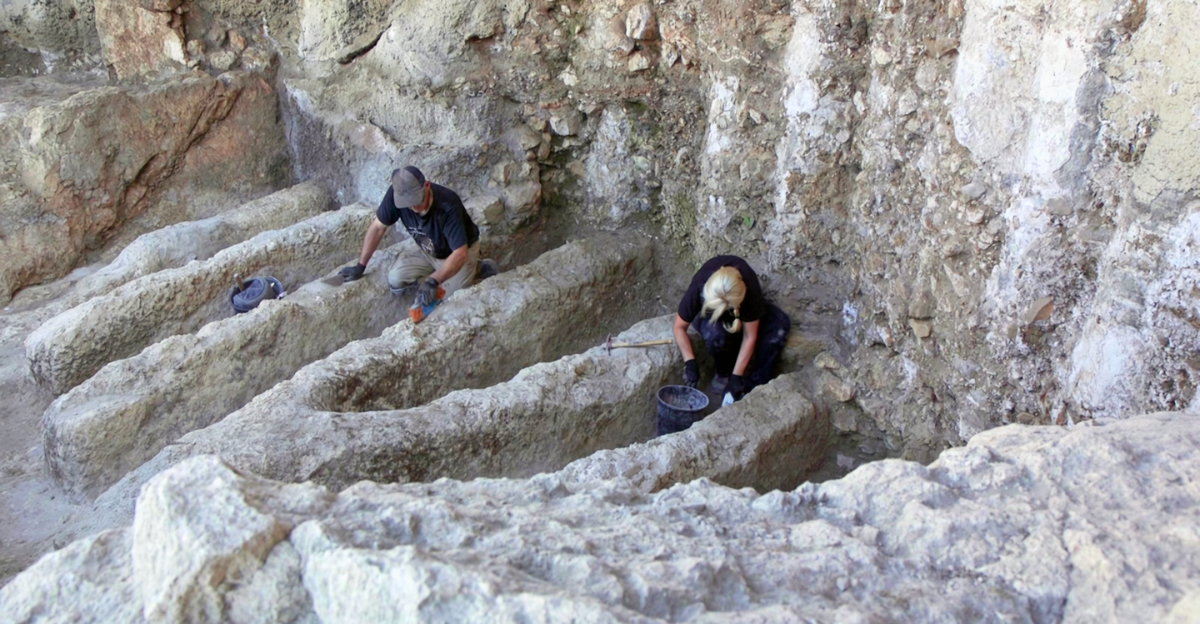
Archaeologists from the Israel Antiquities Authority and Tel Aviv University have announced the discovery of a massive 3,000-year-old moat beneath Jerusalem’s City of David that may have protected biblical kings and divided the ancient city in two.
The rock-cut trench, measuring 30 meters wide and 9 meters deep, represents one of the most significant archaeological finds in Jerusalem in decades, potentially confirming biblical references to the ancient city’s fortifications mentioned in the books of Kings and Samuel.
This monumental engineering feat required quarrying nearly 450,000 cubic feet of limestone bedrock, demonstrating the remarkable power and resources of Jerusalem’s Iron Age rulers during the time of the First Temple period.
Engineering Marvel

According to Live Science, the newly discovered fortification represents “a truly monumental achievement” that would have required extraordinary engineering capabilities for its time.
The moat’s sheer southern wall drops vertically into bedrock, creating what researchers describe as an “impassable” barrier that rendered siege ramps ineffective.
Prof. Yuval Gadot, excavation co-director from Tel Aviv University, told The Media Line: “When you move to the eighth and seventh centuries B.C., there is a consensus that it was a significant kingdom and Jerusalem was a very powerful capital. This discovery indicates that there were indeed kings here capable of mobilizing manpower.”
Historical Mystery

For 150 years, archaeologists struggled to locate Jerusalem’s northern defenses, a puzzle that has confounded biblical scholars and historians alike. According to the Biblical Archaeology Society, similar moats had previously been identified at northern sites like Hazor and Samaria, making them characteristic of Omride construction in the Northern Kingdom.
Dr. Yiftah Shalev from the Israel Antiquities Authority explained to Armstrong Institute: “We know about ancient fortifications from the south, east, and west. But the north has always been an enigma. How could the city protect itself from the north, especially with the Temple Mount being higher than the ridge the city was built on?”
Strategic Importance
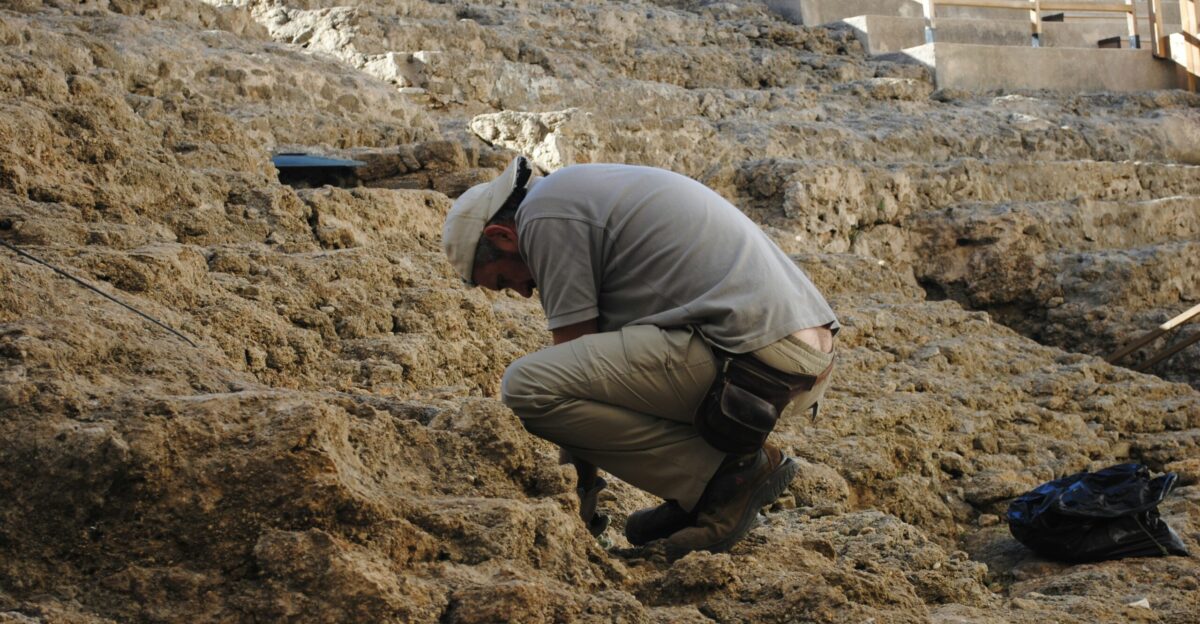
According to Heritage Daily, the moat’s placement reveals sophisticated military thinking, as it exploited Jerusalem’s natural topography while addressing its primary vulnerability.
Eli Escusido, director of the Israel Antiquities Authority, stated in the official press release: “The creation of the moat was a large-scale, monumental operation, designed to change and modify the natural topography to demonstrate the power of Jerusalem’s rulers to those who entered its gates.”
The fortification effectively separated the sacred Temple Mount and royal palace in the upper city from the residential areas below, creating both a defensive barrier and a symbolic division of power.
Breakthrough Discovery

The Israel Antiquities Authority and Tel Aviv University officially unveiled their findings on July 21, 2024, during excavations at the Givati Parking Lot site.
According to the Washington Times, the discovery resolved “questions dating back 150 years, when researchers first tried to trace the route of Jerusalem’s northern fortification.”
The breakthrough came when archaeologists reexamined 1960s excavation reports by British archaeologist Kathleen Kenyon, who had unknowingly discovered part of the same moat but mistakenly identified it as a natural valley. Combined with the new excavations, the complete moat extends at least 70 meters from west to east.
Tourism Impact
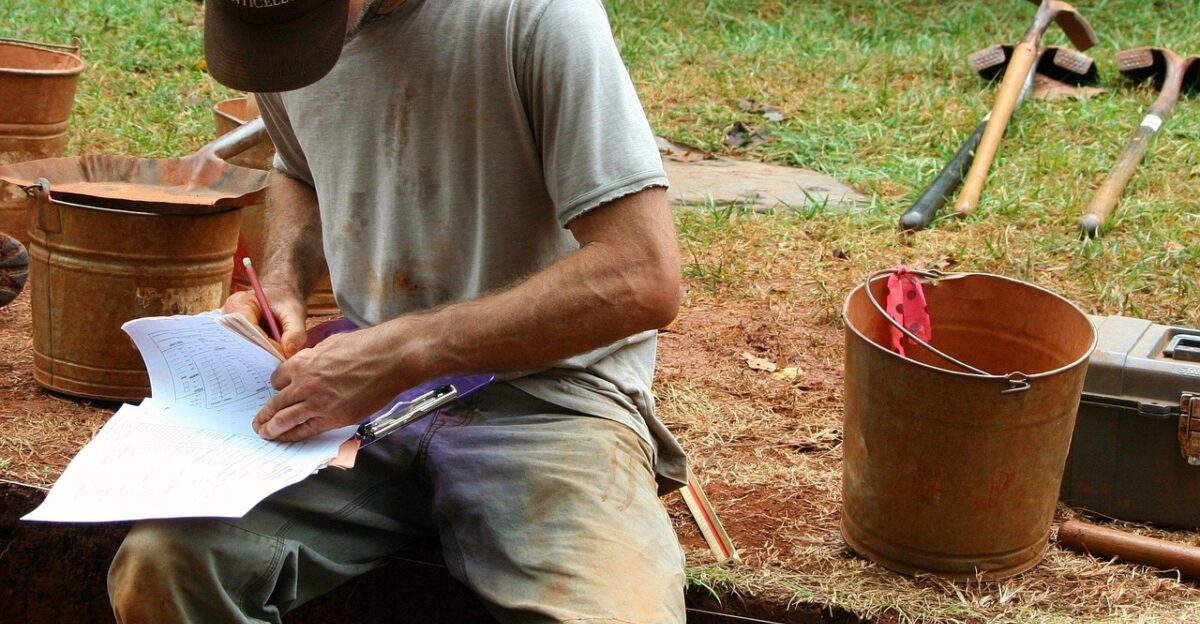
According to the Episcopal News Service, the discovery has already begun attracting increased attention to the City of David archaeological site, which welcomes approximately 400,000 visitors annually. Tour operators have rerouted walking circuits to include elevated viewing decks above the ancient trench.
Local heritage organizations anticipate the find will boost tourism during the 2025 season, though Palestinian groups have expressed concerns about the politicization of archaeological work in East Jerusalem.
The site, managed by the El’ad Foundation, continues to be a focal point for both archaeological research and contemporary political tensions.
Human Perspective

“Standing at the bottom, you feel the rock press in like cathedral walls—it’s humbling,” volunteer digger Noa Berger told The Media Line about her experience working in the ancient moat.
Prof. Yosef Garfinkel of Hebrew University, who was not involved in the excavation, told Religion News Service: “This is an extremely important discovery. It shows that by the ninth century BC, Jerusalem was an important city.”
However, some local residents in the Palestinian neighborhood of Silwan have raised concerns about the expansion of excavations beneath their homes, demanding independent structural monitoring to ensure their safety.
Dating Debates
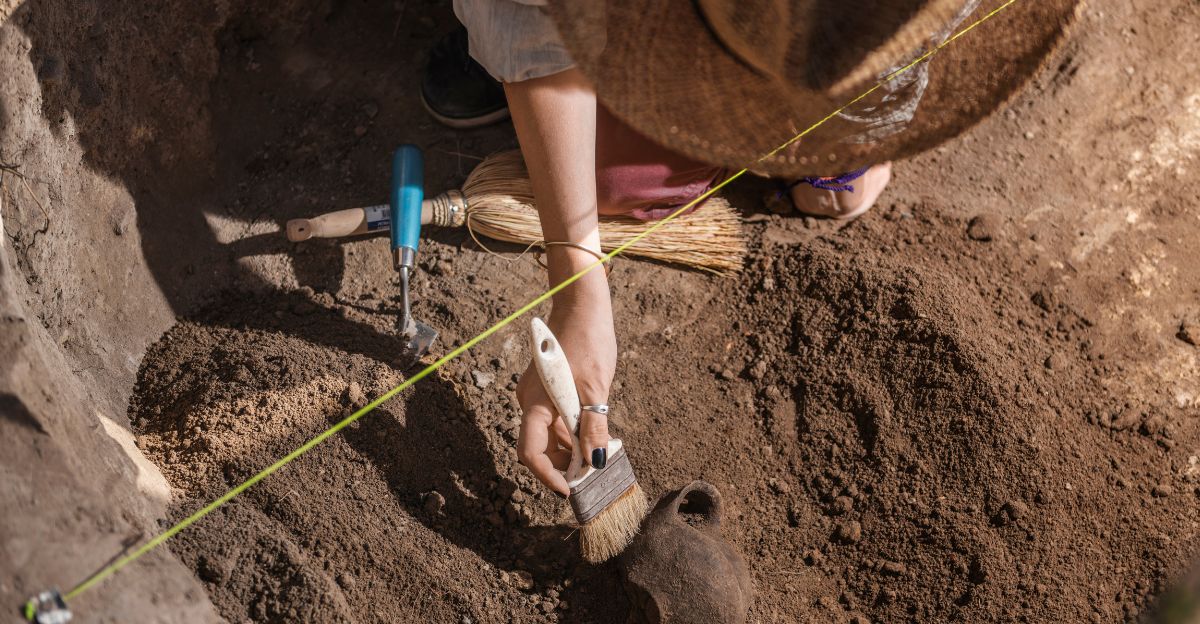
According to the Smithsonian Magazine, while researchers are confident the moat was in use during the ninth century BCE, its original construction date remains uncertain. The excavation team employed ceramic seriation and optically stimulated luminescence dating techniques, but the weathered bedrock has yielded few definitive clues about earlier phases.
Dr. Shalev noted in an Armstrong Institute interview: “It is a possibility [that it dates to the Middle Bronze Age], nevertheless we need to take in consideration that we hardly find any evidence from that period here in Givati.”
Some scholars suggest a Middle Bronze Age origin around 3,800 years ago would align with other massive rock-cut features near Jerusalem’s Gihon Spring.
Biblical Connections

The discovery provides archaeological context for biblical references to Jerusalem’s topography, particularly passages mentioning the Millo and Ophel. According to Live Science, 1 Kings 11:27 describes King Solomon “building the Millo and closing up the breach in the wall of the City of David,” which many scholars now connect to this newly discovered fortification system.
Prof. Gadot told the publication, “Dating it to the ninth century B.C. means this project should be associated with one of Judah’s early kings mentioned in the Old Testament.
Executing a moat like that exhibits their power and ability to lead monumental projects that altered and reshaped the natural topography of the city for centuries.”
Future Research

According to Tel Aviv University’s archaeological bulletin, next season’s excavations will probe the moat’s eastern terminus, where ground-penetrating radar has detected what may be a blocked channel later converted into a cistern during the Hellenistic period.
The research team plans to search for organic materials within the trench that could provide definitive radiocarbon dating. Prof. Gadot noted in the Journal of the Institute of Archaeology: “Although the initial cutting of the ditch cannot be determined, it is clear that by the Late Iron IIA, the ditch served as a moat between the acropolis and the city.”
This continued research may finally resolve the construction date debate and reveal how successive civilizations adapted this monumental landscape feature.

